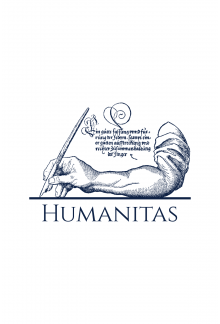- Titulinis
- Dalykinė ir mokslinė literatūra
- Technologijos mokslai
- Kitos technologijų mokslų knygos
- Handbook of Differential Scanning Calorimetry

Handbook of Differential Scanning Calorimetry
Balsavo 0
ISBN: 9780128113479
Leidimo metai: 2023
Leidėjas: Butterworth-Heinemann
Leidinio kalba: Anglų
Formatas: Kieti viršeliai
Formatas: 10.875×8.5
Leidimo metai: 2023
Leidėjas: Butterworth-Heinemann
Leidinio kalba: Anglų
Formatas: Kieti viršeliai
Formatas: 10.875×8.5
Kaina:
Šių parametrų produkto neturime
Likutis pakankamas
Iš leidyklos gausime per 3-5 savaitės. Galimas vėlavimas
Planuojama užsakymo išsiuntimo (arba paruošimo atsiimti) data: rugpjūčio 1-4 d. Knygyne vyksta inventorizacija. Atsiprašome už nepatogumus.
Iš leidyklos gausime per 3-5 savaitės. Galimas vėlavimas
Pristatymo sąlygos
Aprašymas
<p>Differential scanning calorimetry (DSC) is the most important thermal analysis technique used today and the most common thermal analysis instrument found in chemical characterization laboratories. DSC has become an everyday tool in characterization laboratories, but many researchers using this technique have a limited understanding of the true breadth of its capabilities. Up to now, there has been no book that would describe the application of DSC in all the various areas of materials chemistry. <i>The Handbook of Differential Scanning Calorimetry </i>has been written to fill that void. This book is designed to summarize the knowledge of differential scanning calorimetry so that materials researchers and application chemists are given both a better understanding of techniques , as well as a review of the full scope of its capabilities. It also discusses how to properly interpret the DSC thermograms data obtained. Included in this work is the most up-to-date information written by some of the leaders in the field. It is written not only to help users get the most out of their equipment, After reading this book, people in all chemical and biological areas will have a broad overview of this measuring technique, and will be able to utilize this analytical technique more efficiently.</p>
Atsiliepimai (0)
Palikite atsiliepimą
